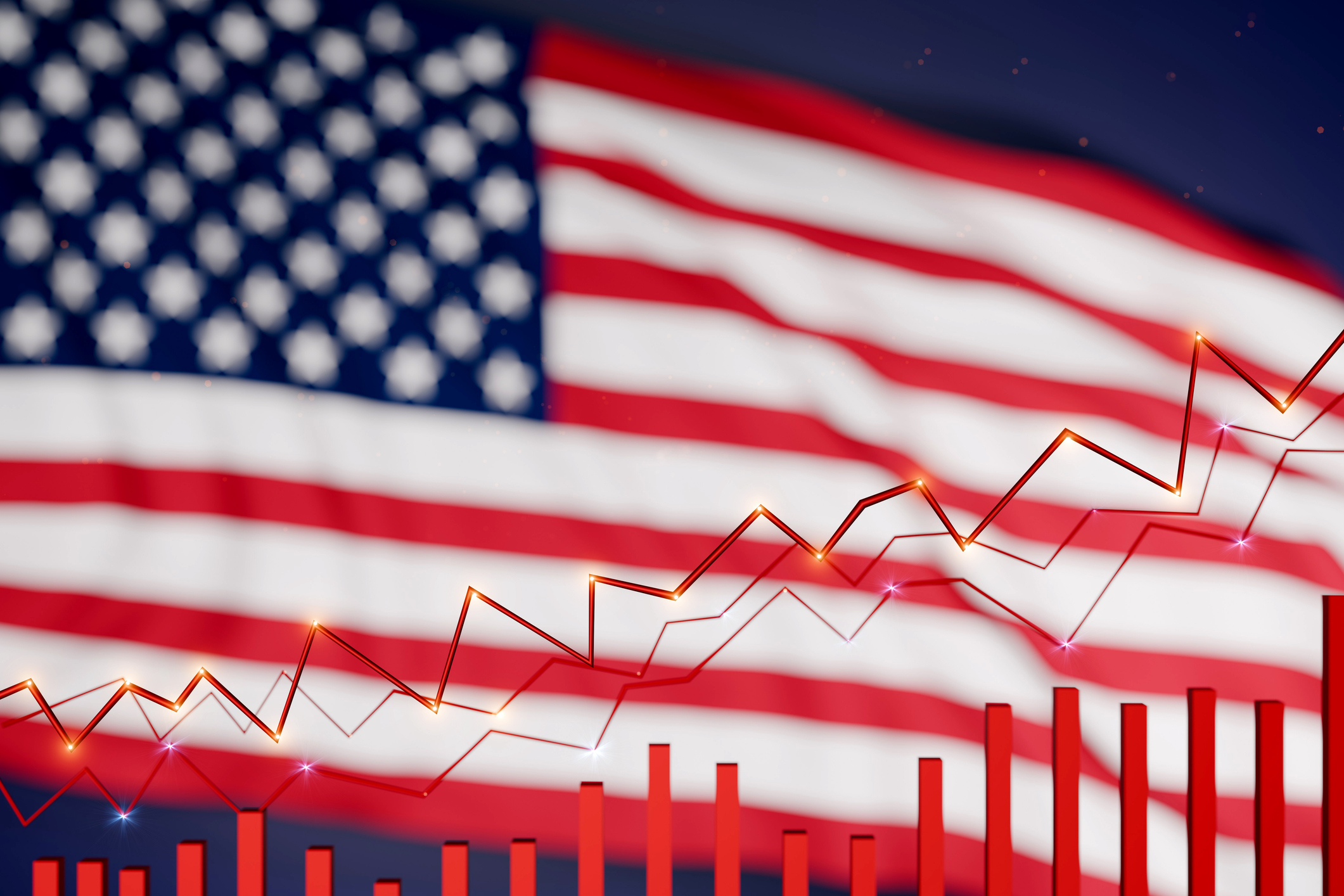Will higher bond yields sink equities?
Bond yields have been ticking back up since the autumn, with the benchmark US ten-year bond now above 1.2%. That could tempt investors away from shares.

The arrival of the pandemic last spring sent investors flooding into the traditional safe haven of government bonds. That sent bond yields, which move inversely to prices, plummeting. By August the US ten-year Treasury was yielding just 0.5%.
Positive vaccine news means bond yields have been ticking back up since the autumn, especially in America. Investors are selling out of government debt instruments to buy into growth opportunities in other asset classes. Rising inflation expectations also mean bond investors demand higher yields as protection against the risk that their income stream is inflated away. Finally, massive US government borrowing increases the supply of bonds in the market, which lowers their prices and raises yields. The 30-year US Treasury bond is back above 2% for the first time since Covid-19 began, says Alexandra Scaggs for Barron’s. The benchmark US ten-year note is now above 1.2%. Rising yields pose a challenge to the equity bull market. They could tempt investors away from shares. Savita Subramanian of Bank of America says 70% of S&P 500 firms pay a higher dividend than the ten-year Treasury at present. That proportion would fall to 40% if the ten-year yield climbs to 1.75%, which could prompt a rush out of stocks.
Investors have long complained that poor bond yields force them into stocks in search of an above-inflation return, says Katie Greifeld on Bloomberg. Yet a recovery this year will raise pressure on the Federal Reserve to end its asset purchase programme and could even lead to talk of interest rate hikes, which will send bond yields higher. The days of Tina – “there is no alternative”– to buying stocks may be drawing to a close.
MoneyWeek
Subscribe to MoneyWeek today and get your first six magazine issues absolutely FREE

Sign up to Money Morning
Don't miss the latest investment and personal finances news, market analysis, plus money-saving tips with our free twice-daily newsletter
Don't miss the latest investment and personal finances news, market analysis, plus money-saving tips with our free twice-daily newsletter
Get the latest financial news, insights and expert analysis from our award-winning MoneyWeek team, to help you understand what really matters when it comes to your finances.
Alex is an investment writer who has been contributing to MoneyWeek since 2015. He has been the magazine’s markets editor since 2019.
Alex has a passion for demystifying the often arcane world of finance for a general readership. While financial media tends to focus compulsively on the latest trend, the best opportunities can lie forgotten elsewhere.
He is especially interested in European equities – where his fluent French helps him to cover the continent’s largest bourse – and emerging markets, where his experience living in Beijing, and conversational Chinese, prove useful.
Hailing from Leeds, he studied Philosophy, Politics and Economics at the University of Oxford. He also holds a Master of Public Health from the University of Manchester.
-
 Boost for over 100,000 families on Child Benefit as new HMRC payment system rolled out
Boost for over 100,000 families on Child Benefit as new HMRC payment system rolled outThousands of households will no longer have to pay the dreaded High Income Child Benefit Charge through self-assessment
-
 Are you being haunted by the ghost of Christmas past? How festive cutbacks could boost your long-term wealth
Are you being haunted by the ghost of Christmas past? How festive cutbacks could boost your long-term wealthThe average family spends around £1,000 over the Christmas season. Here’s how much you could have gained if you had invested some of the money instead.
-
 Stock markets have a mountain to climb: opt for resilience, growth and value
Stock markets have a mountain to climb: opt for resilience, growth and valueOpinion Julian Wheeler, partner and US equity specialist, Shard Capital, highlights three US stocks where he would put his money
-
 The steady rise of stablecoins
The steady rise of stablecoinsInnovations in cryptocurrency have created stablecoins, a new form of money. Trump is an enthusiastic supporter, but its benefits are not yet clear
-
 SRT Marine Systems: A leader in marine technology
SRT Marine Systems: A leader in marine technologySRT Marine Systems is thriving and has a bulging order book, says Dr Michael Tubbs
-
 Goodwin: A superlative British manufacturer to buy now
Goodwin: A superlative British manufacturer to buy nowVeteran engineering group Goodwin has created a new profit engine. But following its tremendous run, can investors still afford the shares?
-
 A change in leadership: Is US stock market exceptionalism over?
A change in leadership: Is US stock market exceptionalism over?US stocks trailed the rest of the world in 2025. Is this a sign that a long-overdue shift is underway?
-
 A reckoning is coming for unnecessary investment trusts
A reckoning is coming for unnecessary investment trustsInvestment trusts that don’t use their structural advantages will find it increasingly hard to survive, says Rupert Hargreaves
-
 Metals and AI power emerging markets
Metals and AI power emerging marketsThis year’s big emerging market winners have tended to offer exposure to one of 2025’s two winning trends – AI-focused tech and the global metals rally
-
 8 of the best houses for sale with beautiful fireplaces
8 of the best houses for sale with beautiful fireplacesThe best houses for sale with beautiful fireplaces – from a 15th-century cottage in Kent to a 17th-century palazzo in Oxfordshire